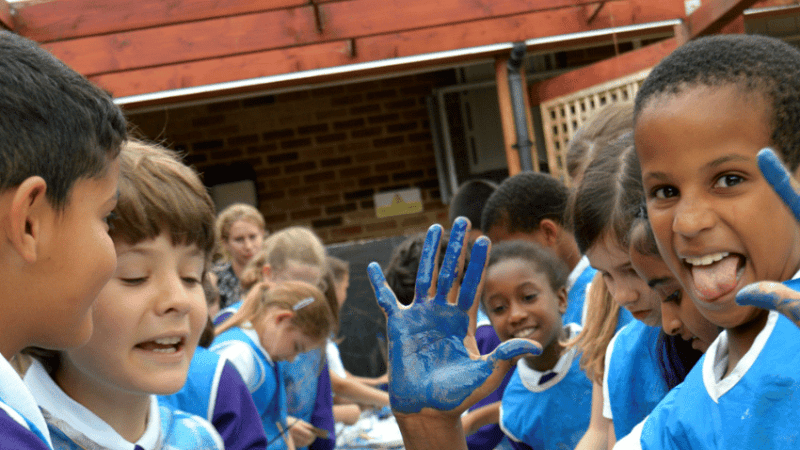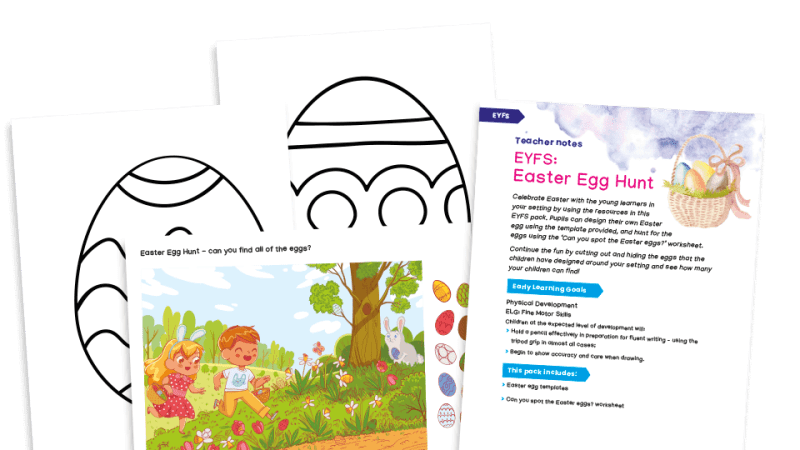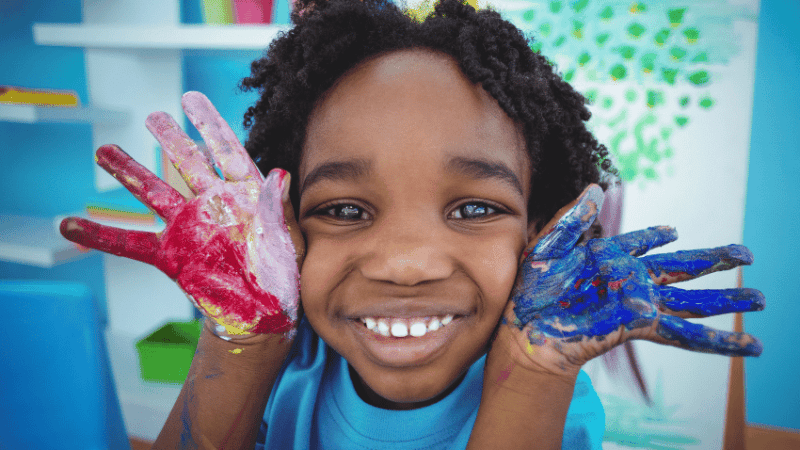Expressive Arts And Design Can Boost Every Aspect Of Children’s Development Across The EYFS
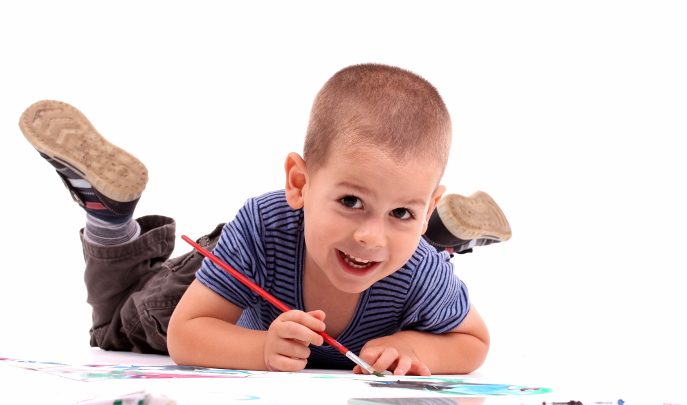
Thinking about how we can support children's learning through indirect as well as direct activities

- by Kathy Brodie
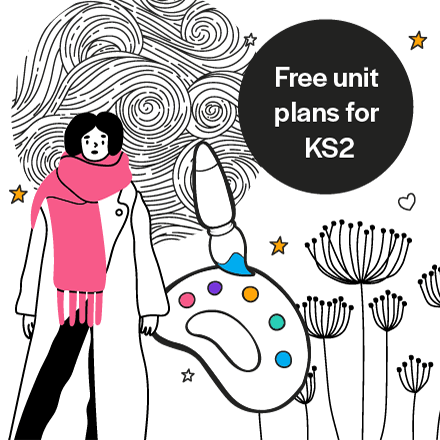
Young children learn and develop in an holistic way, unrestrained by the arbitrary areas of learning and development set out in the EYFS and other frameworks.
It’s important, therefore, that we think about how we can support their learning through indirect as well as direct activities. For example, an activity whose prime objective may be physical development can also have excellent learning opportunities for imagination, or for following instructions.
The following points demonstrate how Expressive Arts and Design (EAD) activities can deliver progress across the EYFS.
1. Sharing thoughts
EAD is a way for children to communicate their thoughts, ideas, feelings and learning using creative materials. Although this communication method is less direct than using language, it offers many insights into how children are thinking before they have the language to express themselves. For example, their role-play may demonstrate understanding about how the morning register is taken and the sequence of events that follows this. Their paintings may show they understand that others have different skin colours or dress differently.
2. Expanding language
The language children use while storytelling can illustrate knowledge of descriptive and positional language, as well as more advanced techniques such as sequencing storylines. Access to different media and materials will expand their descriptive language and give it meaning through first-hand experience. For example, it’s difficult to explain the meaning of the word ‘rustle’ unless you’ve heard and felt materials rustle. Children’s vocabulary will grow as they have experiences with different materials, especially when supported by adults modelling the language during activities.
3. Let’s dance
Another aspect of EAD is creating music. Songs and singing are an excellent way of hearing rhymes and linking sounds and letters in preparation for reading later on. Similarly, listening to poems and reading poems together reinforces the rhythm and sound of the language. As children become more confident, you can support the use of imaginary words to describe their own creations and characters.
5. Team working
You may observe good social interactions when children are playing together cooperatively to retell a story or create their own narrative. They may need to find a compromise when choosing who will be which character, or take account of each other’s ideas and feelings to further their play. Even if children are re-enacting stories by themselves, you may still identify examples of them understanding other’s feelings as part of the storyline.
6 Solving problems
There is often an element of maths in storytelling, for example, the number of characters, distance travelled or time taken. Characters may be ordered according to size or according to age. In most stories there is a problem to be solved, and children’s storytelling can reveal their thought processes on how they would find a solution. You may also find children weaving their past experiences into the storytelling, including family members or pets and friends. This can demonstrate their perspective on their community, family and traditions.
7. Investigating materials
EAD has many things in common with early science and engineering. Mixing paints to make different colours is similar to mixing scientific compounds. Thinking about how to use materials to suit the children’s purpose during model making may involve discussions about making structures secure by adding reinforcement, or ways of folding paper to make an envelope. Encouraging children to think about cause and effect gives them a good basis for scientific investigation later on.
HELPING HANDS
EAD activities can require both fine and gross motor skills • Any arts or crafts activity involving pens, pencils, paints or tools will establish emerging fine motor control, such as preference for dominant hand and being able to intentionally draw shapes, numbers or letters.
• Careful observations may reveal whether the children are able to draw circles both clockwise and anticlockwise (essential for the correct formation of letters later on).
• Gross motor skills will be demonstrated during activities such as drawing large shapes on rolls of paper or painting the wall outside using water. Using tools, such as scissors, helps to develop equipment-handling skills.
Kathy Brodie is an Early Years professional and trainer based in East Cheshire, who has worked in both nurseries and schools, and today specialises in the Early Years Foundation Stage and special educational needs. For more information, visit kathybrodie.com.
The choice of music that children make for an expressive arts activity will demonstrate cultural understanding of how music makes people feel and move. Dancing activities may also show how children move with a purpose, negotiate spaces and their physical coordination. This will reflect their developing gross motor abilities. Depending on the age of the children, you could explore how physical movement during dancing raises the heart rate and makes you feel warm.
4. Making music
Another aspect of EAD is creating music. Songs and singing are an excellent way of hearing rhymes and linking sounds and letters in preparation for reading later on. Similarly, listening to poems and reading poems together reinforces the rhythm and sound of the language. As children become more confident, you can support the use of imaginary words to describe their own creations and characters.
5. Team working
You may observe good social interactions when children are playing together cooperatively to retell a story or create their own narrative. They may need to find a compromise when choosing who will be which character, or take account of each other’s ideas and feelings to further their play. Even if children are re-enacting stories by themselves, you may still identify examples of them understanding other’s feelings as part of the storyline.
6 Solving problems
There is often an element of maths in storytelling, for example, the number of characters, distance travelled or time taken. Characters may be ordered according to size or according to age. In most stories there is a problem to be solved, and children’s storytelling can reveal their thought processes on how they would find a solution. You may also find children weaving their past experiences into the storytelling, including family members or pets and friends. This can demonstrate their perspective on their community, family and traditions.
7. Investigating materials
EAD has many things in common with early science and engineering. Mixing paints to make different colours is similar to mixing scientific compounds. Thinking about how to use materials to suit the children’s purpose during model making may involve discussions about making structures secure by adding reinforcement, or ways of folding paper to make an envelope. Encouraging children to think about cause and effect gives them a good basis for scientific investigation later on.
HELPING HANDS
EAD activities can require both fine and gross motor skills • Any arts or crafts activity involving pens, pencils, paints or tools will establish emerging fine motor control, such as preference for dominant hand and being able to intentionally draw shapes, numbers or letters.
• Careful observations may reveal whether the children are able to draw circles both clockwise and anticlockwise (essential for the correct formation of letters later on).
• Gross motor skills will be demonstrated during activities such as drawing large shapes on rolls of paper or painting the wall outside using water. Using tools, such as scissors, helps to develop equipment-handling skills.
Kathy Brodie is an Early Years professional and trainer based in East Cheshire, who has worked in both nurseries and schools, and today specialises in the Early Years Foundation Stage and special educational needs. For more information, visit kathybrodie.com.






